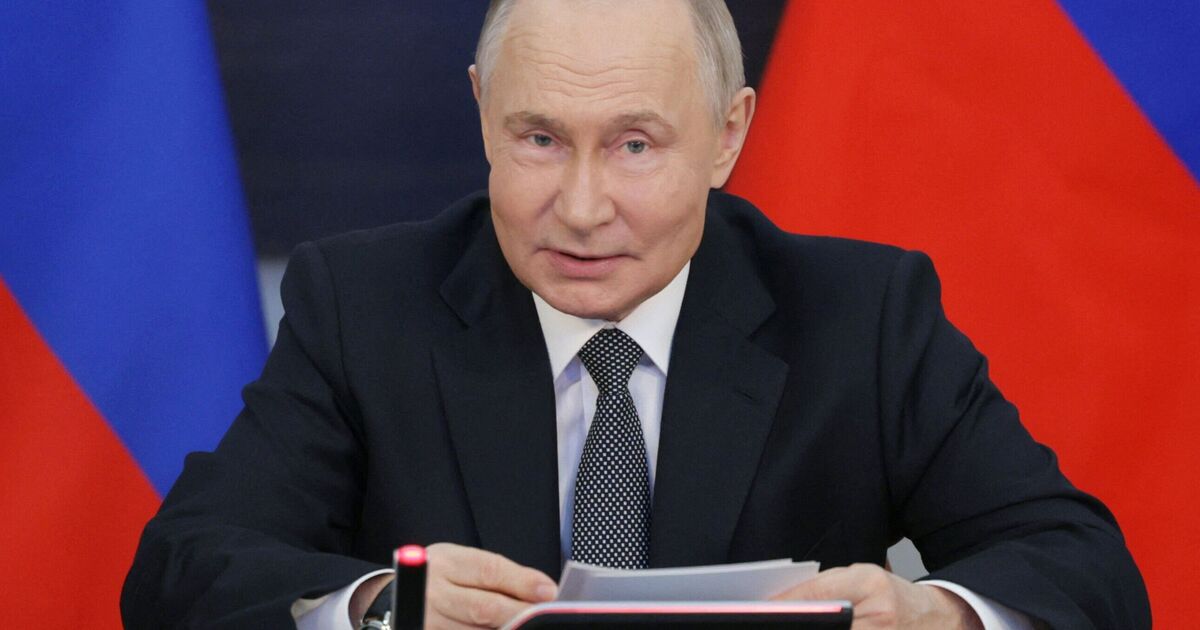

A huge project thought to cost more than £10billion is set to provide a boost to the Russian economy as the country's President, Vladimir Putin admits that a crucial piece of infrastructure has reached its capacity.
Putin and Chinese President Xi Jinping discussed the future of the proposed Power of Siberia 2 gas pipeline between the two states during the latter's visit to Moscow on Friday for Russia's Victory Day parade. The day before, the Interfax news agency reported the country's Deputy Prime Minister Alexander Novak told reporters that energy supplies from Russia to China in 2025 will be higher than last year.
He said: "For coal it will be slightly lower, for gas it will definitely be higher, because we are reaching contractual obligations for Power of Siberia, and for LNG it will also be higher. In total, in terms of energy resources in equivalent, it will be higher." Putin said after talks with his Chinese counterpart that "the Power of Siberia gas pipeline [between Russia and Germany] has reached its design capacity, through which 31billion cubic meters of gas have been supplied to partners [by the end of 2024]."
He added: "Gazprom invariably meets the wishes of its Chinese colleagues and provides additional supplies in excess of contractual obligations.
"The launch of the Far Eastern route of the gas pipeline scheduled for 2027 will increase gas exports by another 10billion cubic meters. The volume of LNG supplies is also increasing."
Figures from the Chinese General Administration of Customs, during January and February this year, LNG supplies from Russia to China amounted to 959,000 tonnes.
The figure was 933,000 tonnes over the same period in 2024.
The new pipeline via Mongolia proposed by Russia has been in the offing for years, but it has been reported that the plan has become more urgent as the Kremlin aims to ensure Beijing can replace Europe as its largest gas customer.
The Power of Siberia 2 pipeline would be 2,600 kilometres long, and has the capacity to carry 50billion cubic metres of gas a year.
This would be marginally less than that carried by the Nord Stream 1 pipeline under the Baltic Sea.
After Russia’s invasion of Ukraine, the EU outlined its REPowerEU plan to achieve energy independence from Moscow.
This included a phased exit from Russian oil, gas, and nuclear imports.
Officials aim to cut Russian gas imports by 33% by the end of 2025, and stop them completely by the end of 2027.